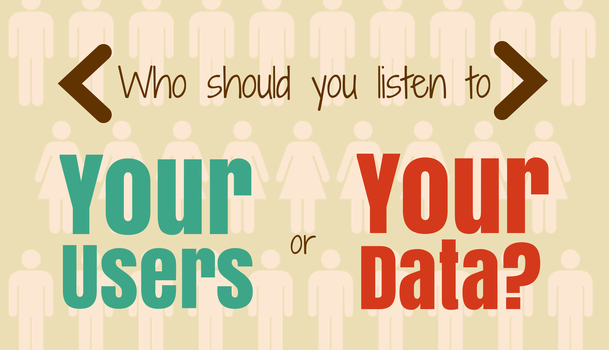DIY Web Archiving
When it comes to online experiences, the technology for creating information experiences is often more advanced than the technology designed to document and capture them. But art collective (kind of?) Rhizome has a new tool for capturing online experiences—particularly social media interactions. The goal here is to create a contextual archive that is more like the […]
